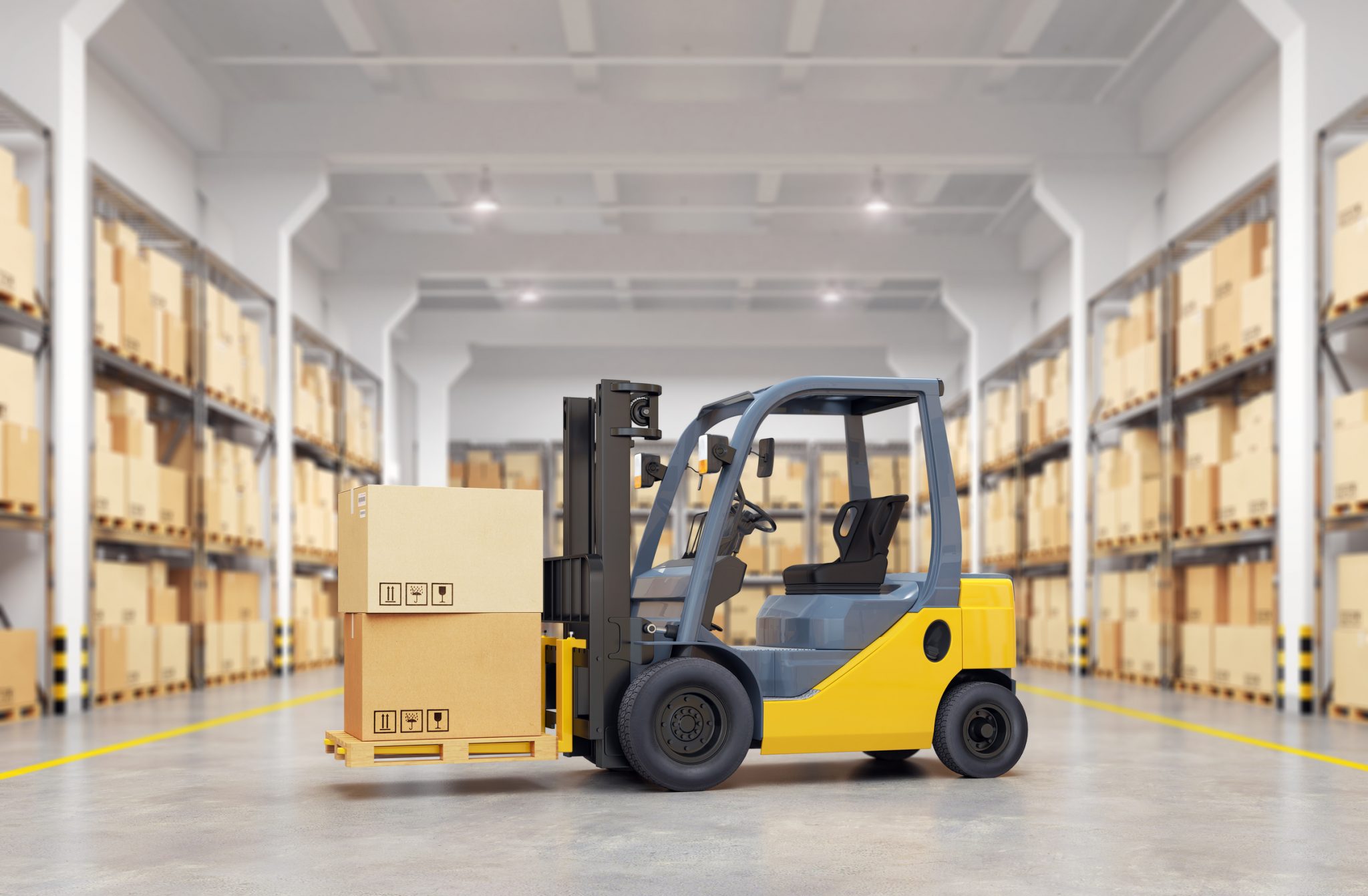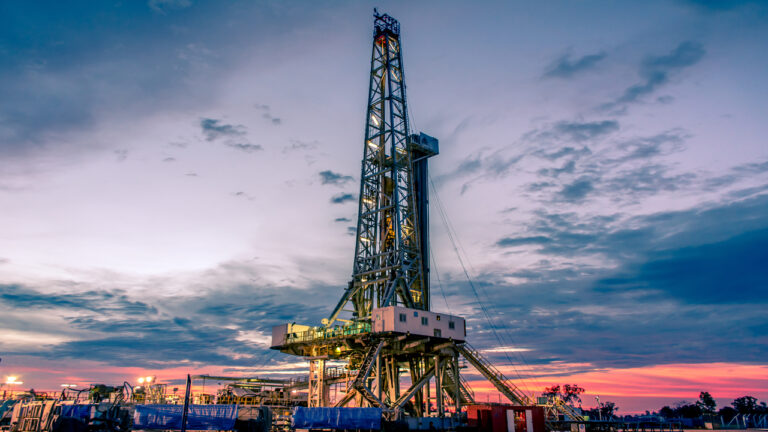The Evolution of Material Handling: A Deep Dive into Counterbalance Electric Forklifts
Material handling has been a critical component of industrial operations since the dawn of manufacturing. From the early days of manual labor to the modern era of automation and technology, the ways in which materials are moved, stored, and managed have evolved significantly. Among the most transformative developments in this field is the advent of the forklift, particularly the counterbalance forklift.
This article embarks on a journey through the evolution of material handling, with a focus on the role and advancements of counterbalance electric forklifts.
Introduction to Material Handling
Material handling encompasses a wide array of activities and equipment used to move, store, control, and protect materials, goods, and products throughout the process of manufacturing, distribution, consumption, and disposal. Effective material handling systems improve efficiency, reduce waste, and minimize injury risks in industrial and warehousing operations.
The Rise of Forklifts in Industry
Early Models and Mechanizations
The forklift’s origins trace back to the early 20th century, emerging as a solution to the increasing demands of rapid industrialization. Initial models were simple, manually operated machines designed to lift and move materials short distances.
The Transition to Electric Power
The shift towards electric power in the mid-20th century marked a significant turning point for forklift technology. Electric forklifts offered a cleaner, quieter alternative to their internal combustion counterparts, suitable for indoor use and environments requiring minimal emissions.
Read More: BIODIVERSITY MEASUREMENT: A STEP-BY-STEP PROCESS
Advancements in Electric Forklift Technology
Battery Innovations
Advances in battery technology have greatly enhanced the performance and reliability of electric forklifts. Modern lithium-ion batteries provide longer life, faster charging times, and reduced maintenance compared to traditional lead-acid batteries.
Safety and Ergonomics
Manufacturers have continuously improved the safety and ergonomics of electric forklifts. Features such as enhanced visibility, automatic speed control, and ergonomic controls help reduce operator fatigue and the risk of accidents.
Automation and Smart Features
The integration of automation and smart technologies into electric forklifts is transforming material handling. Autonomous driving, real-time monitoring, and data analytics optimize operations, improve safety, and increase productivity.
The Impact of Counterbalance Electric Forklifts
Efficiency and Productivity
Counterbalance electric forklifts are known for their efficiency and productivity. Their design allows for easy maneuverability and versatility in a variety of environments, from warehouses to manufacturing floors.
Environmental Benefits
Electric forklifts contribute to sustainability efforts by eliminating emissions within operational spaces. This not only supports environmental goals but also creates healthier working conditions for employees.
Operational Flexibility
The compact design and zero emissions of counterbalance electric forklifts provide exceptional operational flexibility, allowing them to be used in confined spaces and sensitive environments where pollution and noise are concerns.
Choosing the Right Electric Forklift
Factors to Consider
Selecting the right electric forklift involves considering load capacity, lift height, battery life, and the specific needs of your operations. It’s essential to assess these factors to ensure the forklift meets your material handling requirements.
Counterbalance Forklifts vs. Other Types
While counterbalance forklifts are versatile and widely used, other types such as reach trucks and pallet jacks serve different purposes. Understanding the strengths and limitations of each type is crucial in making an informed decision.
Future Trends in Material Handling
Sustainable Practices
The push towards sustainability is shaping the future of material handling. Electric forklifts play a key role in this transition, with ongoing improvements aimed at reducing energy consumption and enhancing recyclability.
Technological Advancements
Emerging technologies such as the Internet of Things (IoT), artificial intelligence (AI), and robotics are set to further revolutionize material handling. These advancements promise to increase efficiency, safety, and adaptability in operations.
Conclusion
The evolution of material handling has been significantly influenced by the development and adoption of counterbalance electric forklifts. These machines have not only improved operational efficiency and safety but also contributed to the environmental sustainability of industries. As technology continues to advance, the future of material handling looks promising, with electric forklifts at the forefront of innovation.
FAQs
- What makes counterbalance forklifts different from other types?
- Counterbalance forklifts have a weight at the back to balance loads lifted by the forks, allowing them to operate without the need for outrigger arms, making them more versatile in tight spaces.
- Why are electric forklifts considered more environmentally friendly?
- Electric forklifts produce zero emissions during operation, reducing air pollution and contributing to a cleaner working environment.
- How long do batteries for electric forklifts last?
- The lifespan of electric forklift batteries varies based on the type and usage, but modern lithium-ion batteries can last up to 5,000 charge cycles with proper maintenance.
- Can electric forklifts be used outdoors?
- While electric forklifts are ideal for indoor use, certain models are designed to perform well in outdoor conditions, provided they are operated in suitable weather and on appropriate surfaces.
- What are the key factors to consider when choosing an electric forklift?
- Key factors include the lifting capacity, lift height, battery type and life, operational environment, and specific requirements of the material handling tasks.







